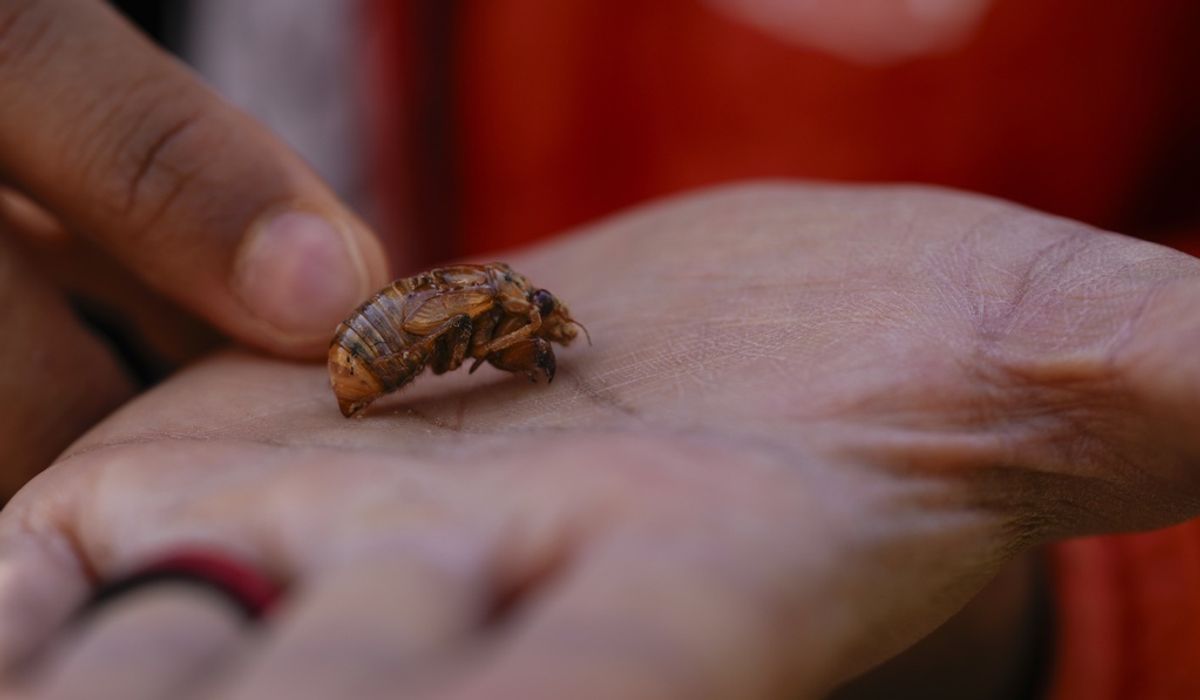


The last time it happened, Thomas Jefferson was president. The next time it’ll happen is in 2244, when we still won’t have flying cars and a head of lettuce will cost $4,000.
Later this month, two substantial broods of cicadas, known as Brood XIII and XIX, are set to come to the surface after spending 17 and 13 years, respectively, developing underground.
“Billions, even trillions, of cicadas are going to emerge at the same time across 17 states,” Chris Simon, a professor in the Department of Ecology and Evolutionary Biology at the University of Connecticut, told Live Science.
For the first time in 221 years, these periodical cicadas will simultaneously appear to partake in a loud and frenzied mating ritual. Such broods are typically found in parts of eastern North America and are known for their propensity to arise in impressive swarms.
These insects’ lifecycle includes the nymphs nourishing on root sap beneath the soil until they are mature enough for reproduction. The mating spectacle is a noisy, hectic affair that may continue for several weeks.
Historically, there hasn’t been a simultaneous underground exodus of these proportions since the year 1803 and won’t happen again for another 220 years.
During the initial days of the emergence, morning onlookers may notice the cicadas perched on plants after they molt their exoskeletons. The subsequent phase involves their ascent into trees, where the males attract partners with a high-pitched sound while females respond with clicking sounds that intensify amid mating activities.
Residents of Illinois, parts of Ohio, and Iowa should anticipate sightings of Brood XIII, while Brood XIX, recognized as the largest brood, is expected to manifest significantly within Illinois, Louisiana, Virginia, and North Carolina.
The life cycle of the cicadas is fleeting, with most dying within two to six weeks post-emergence, either after reproduction or due to the emergence process itself.
• Staff can be reached at 202-636-3000.
